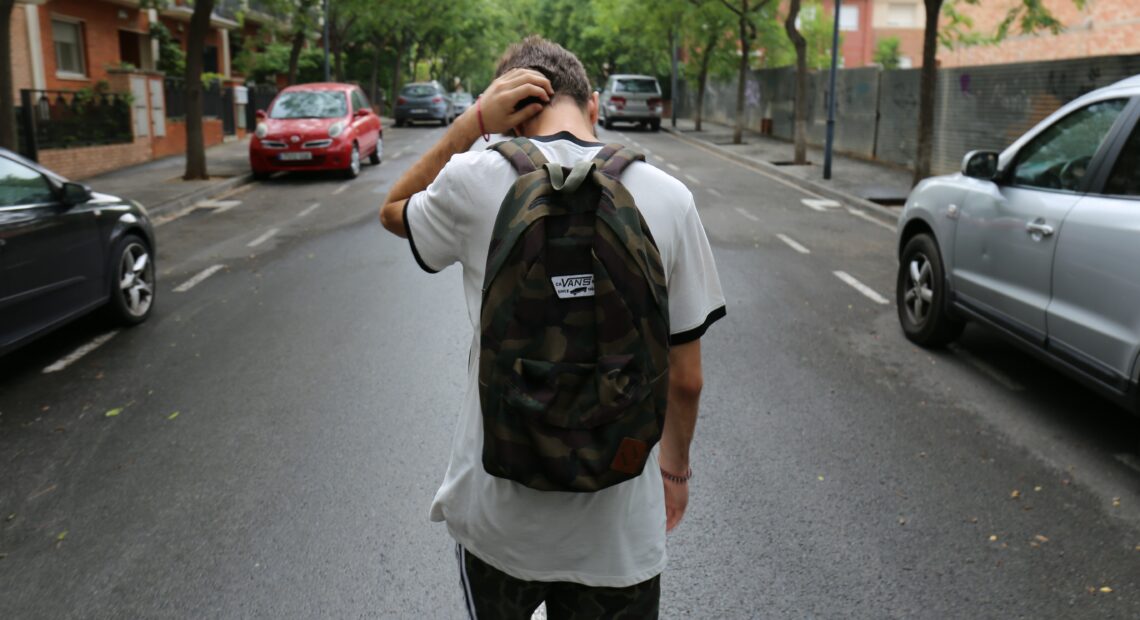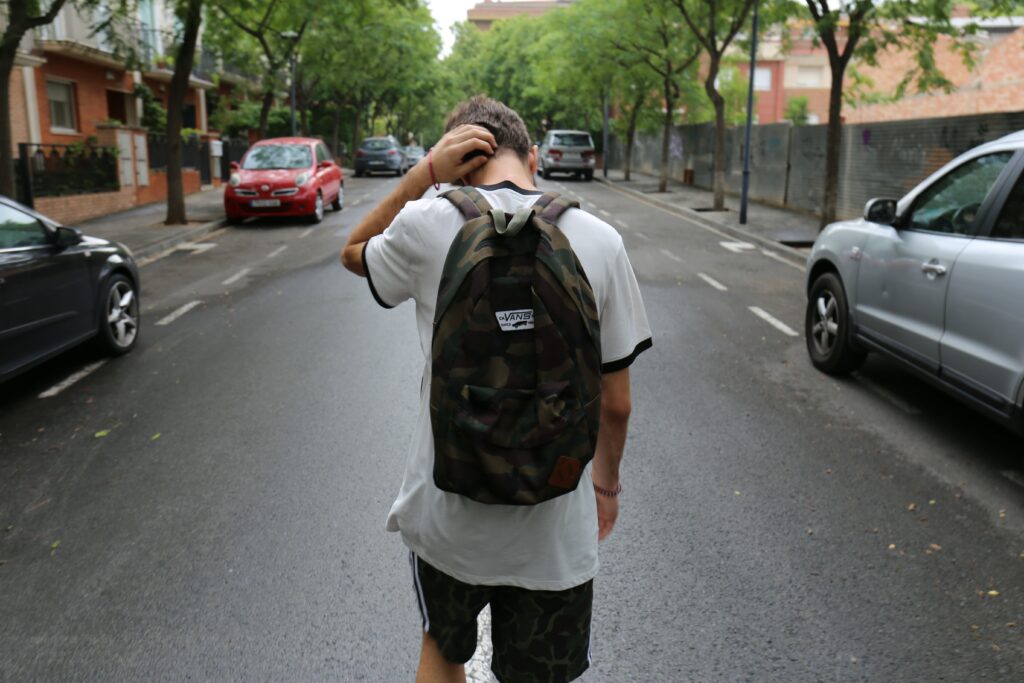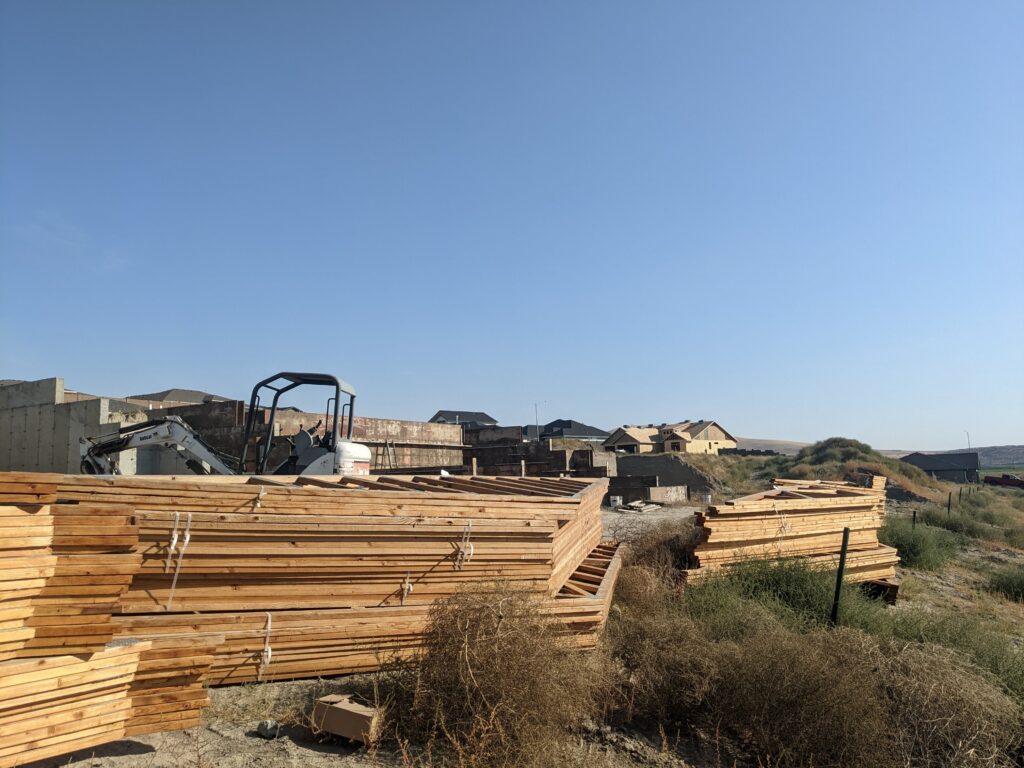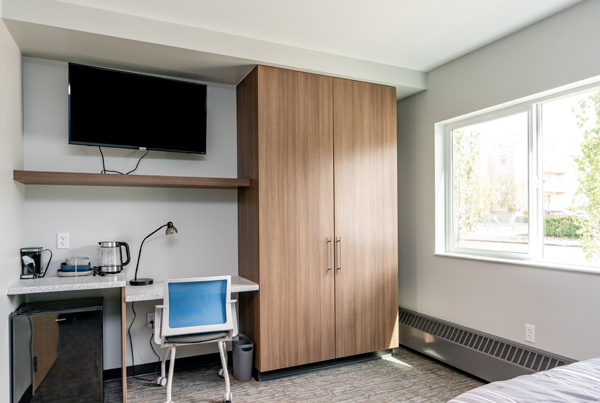
Youth homelessness in Washington is up, federal program aims to help

Listen
(Runtime 00:56)
Read
More than 37,000 students in Washington state are homeless, according to the most recent report to the legislature from the Washington Office of Superintendent of Public Instruction.
For the Central Valley School District outside Spokane, staff said that number is going up.
Katelynn Clark is one of the district’s McKinney-Vento liaisons. She said they try to use terms like “temporary” or “transitional housing” due to the stigma surrounding the term “homeless.”
“Our students range anywhere from staying in a hotel, staying with grandparents, staying with friends, sleeping in their car, RVs, campsites,” said Clark.
Part of the goal of the Mckinney-Vento legislation is to keep children in the same school they’ve been going to despite the fact that they’re moving around. This helps provide stability, said Clark.
However, it can be hard for a school district to provide transportation when they don’t know where the family will be next.
“We have a family right now that they’re living in their car and so we’re trying to provide transportation for them. But they never know where they’re going to end up,” said Clark.
Despite her efforts to help, Clark said one of the challenges is that all the area shelters are full.
“Unless you have money to stay in a hotel, you’re just kind of stuck in this swirl of chaos and trying to get the support you need,” said Clark.
The reason why students lose housing ranges drastically, she said.
“I feel like that’s a huge stigma. There’s this idea that, ‘Oh, the family made really poor choices,’” she said.
But Clark said that isn’t true. Almost anyone could end up where these families are if enough life challenges stack up right in a row, she said.
One of the biggest reasons the district sees homeless families is unexpected medical expenses.
When bills pile up after an emergency, families often have to choose between paying for rent, food, or medical bills, said Leslie Goold, a social worker and McKinney-Vento liaison for the Central Valley School District.
“They end up losing their homes and having to find someplace to stay and then you have medical issues on top of that, so it’s really hard,” said Goold.

Houses under construction in Richland, Washington. The most recent median home price for a house in Washington is $560,000, more than twice what it was 10 years ago, according to the Washington Office of Financial Management. (Credit: Lauren Paterson / NWPB)
Once they’re out on the street, families face more hurdles getting government help, Clark said. She’s worked with families to do intake assessments in order to get housing through the City of Spokane.
“And the person on the other line will literally say, ‘Okay, well, if tonight you sleep in your car, or tonight you go to a hotel, then you qualify for assistance,’” said Clark. “But right now, because you’re staying with friends, even though you might have to leave at any time, you don’t qualify.”
It’s ridiculous to ask people with young children to sleep in their car overnight just to get help, Clark said.
“Or then it’s like, are they supposed to lie? I’ve had parents be like, ‘Do I just lie?’ I don’t like this system at all. It’s setting us up for failure and not getting what families need,” said Clark.
Despite Washington politicians like Senator Maria Cantwell touting federal legislation that could help build more affordable housing, Goold said questions remain about what “affordable” really means.
“When we talk about building more, I see tons of building going on, but the families that we are working with will not be able to afford that so it’s not going to be helpful,” said Goold.
One solution is to change the definition of homeless, in order to get families in Washington and across the country more help, says Goold. Right now, the education definition of being homeless is different from the Housing and Urban Development criteria for homeless youth, Goold said.
“Just because they’re staying with someone and have a roof over their head, doesn’t mean that they really don’t need help with housing, because they do,” said Goold. “The federal (HUD) definition for homelessness is blocking families from being able to get housed.”
The 2022 reauthorization of the Violence Against Women Act amended HUD’s definition of homelessness, said Vanessa Krueger, a public affairs officer for the Northwest Region of HUD.
The updated definition of homelessness will include people fleeing domestic violence, dating violence, sexual assault, stalking and other life threatening situations. “HUD is planning rulemaking to incorporate these statutory changes to its definition of homelessness,” said Krueger.
Projects funded through HUD’s homeless assistance programs often use different eligibility criteria, said Krueger. For example, the Permanent Supportive Housing program requires individuals to have a qualifying disability.
“Because there are not nearly enough resources to meet the need, communities have policies and procedures that prioritize who in their community is eligible for assistance,” said Krueger. The combination of federal, state and local programs can often cause confusion, she said.
A federal initiative could help create more opportunities for homeless youth.
The Youth Homelessness Demonstration Program, launched in 2016, aims to support communities across the country in building systems and creating new projects to prevent and end youth homelessness, said Krueger.
“It is one of the first dedicated federal initiatives that funds permanent housing programs for youth,” said Krueger.
To date, $368 million has been awarded to 94 communities, several of which are in Washington and Oregon. Most of the funds are renewed, making the investment even larger, Krueger said.

The Covey Lofts building features rooms for students and youth (pictured here.) Vocational training is also available through the Covey Academy. (Courtesy: Covenant House Alaska)
A recent project funded by the program is Covey Lofts in Anchorage, Alaska. The building provides 22 affordable studio apartments to students and youth ages 18 to 25, who have experienced homelessness or human trafficking.
“The program is unique because it is informed by youth who have experienced homelessness,” said Krueger. “The program is set up to ensure program needs of populations with the highest risk of homelessness, including Black, Indigenous, Youth of Color, and LGBTQ+ youth.”
Despite the recent federal program, the government can’t fix it all, said Marla Nunberg, the communications director for CVSD. “It’s also up to the community,” she said.
The school district works with community programs like Spokane Valley Partners, which handles a clothing and food bank for students and families in need. The district is also working to hire a coordinator who will work year-round so that the food and clothing bank, along with laundry services, will be available during the summer, said Clark.
“Whether they’re corporate, or whether they’re just community individuals, or churches, we’re incredibly thankful for our partners that help with these families,” said Nunberg.















